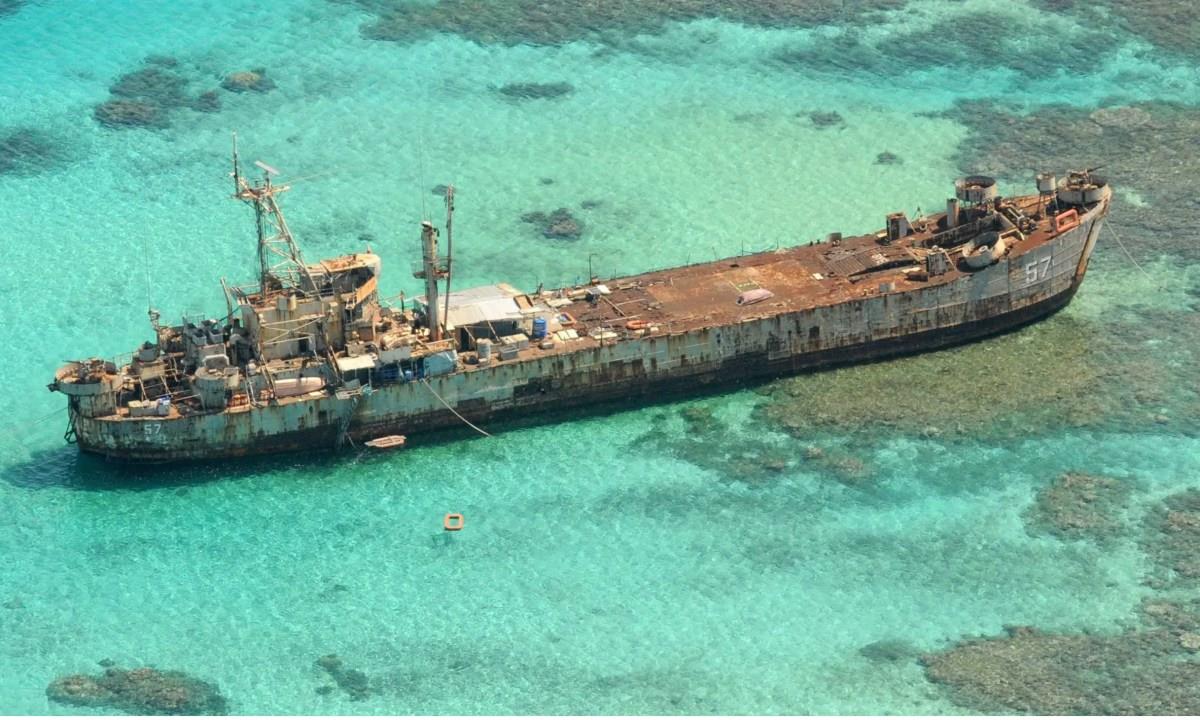(MENAFN- Asia Times) More than 60 years ago, on August 4, 1964, the US claimed that North Vietnamese patrol boats had attacked the US naval destroyer Maddox in the Gulf of Tonkin. This incident led to the August 10 US Congress
gulf of tonkin resolution
that became then-president Lyndon Johnson's legal justification for deploying US forces to South Vietnam.
In other words, it led to the beginning of what would become the open involvement of the US in Vietnam's civil war.
We now know that attack never happened, and the fateful decisions that followed were based on naval intelligence that was shaped to fit Johnson's political needs and preferences.
He was looking for an excuse to take the US to war without a formal declaration by Congress.
That was then. This is now. But history has a way of repeating itself, especially if relevant lessons go unlearned.
Could recent developments be setting the stage for a similar excuse for the US military to enter someone else's conflict, this time between the Philippines and China in the South China Sea? Such an incident could, like before, suck US allies Australia and South Korea into a wider fray.
A version of this scenario could develop at Second Thomas Shoal, where China Coast Guard vessels recently blocked a Philippine Coast Guard vessel approaching the shoal supposedly for a“site survey.”
According to an international arbitration panel established under the auspices of the UN Convention on the Law of the Sea, the submerged shoal is part of the Philippines' continental shelf and is within its exclusive economic zone (EEV). The Philippines therefore has exclusive sovereign rights
to its resources.
Technically no country can claim sovereignty over a submerged feature. Nevertheless, the Philippines sees it as a sovereignty issue.
China also claims it as part of its historic claim to much of the South China Sea that was rejected by the same panel.
Thus this dispute is rife with nationalism, and inaction could threaten the legitimacy of the ruling governments.
The blame for the recent near-collision there between the two nations' Coast Guard vessels is not as black and white as most Western media would have it.
Beijing said the incident was a premeditated provocation by Manila. Yes, the resources belong to the Philippines and the Chinese vessel violated international convention by blocking the path of the Philippine Coast Guard vessel. But the Philippines may have been trying to provoke the incident.
The Philippine vessels had
broadcast
their intention to enter Ayungin Shoal and warned the Chinese vessels to”stay clear from our passage.”
Manila knew from previous experience that Beijing would react aggressively to its demonstration of its“ownership.” But it wanted to instigate a Chinese response for the group of international journalists that it had conveniently invited along on its”sovereignty patrol” as part of its campaign to publicize China's depredations against it.
There were two Philippine Coast Guard vessels.
It is curious that the confrontation was between the Chinese vessel and the Philippine vessel that was
not
carrying the journalists so they could observe without being in immediate danger themselves.
The journalists duly sensationalized the incident far and wide.
But what does this have to do with the US? It and the Philippines have a Mutual Defense Treaty (MDT) that requires each formally to consider coming to the military assistance of the other if it is attacked.
While having prevaricated on the meaning of“attack” in previous incidents, the US State Department has now laid down a challenge to China:
Further, the commander of the US Pacific Fleet, Admiral Samuel Paparo, said the US is prepared to assist the Philippines if China interferes with Manila's efforts to resupply its forces on its grounded naval ship on the shoal.
The US has been issuing more
general warnings
to China regarding such actions for some time. But each incident, including the shining of a laser at the bridge of a Philippine Coast Guard vessel, has apparently been below the US interpretation of the threshold to activate the MDT. Moreover, there is wiggle room in the requirements for assistance.
MDT Article IV states that an armed attack on either party“will be acted upon in accordance with their constitutional processes and that any armed attack on either party will be brought to the attention of the United Nations for immediate action. Once the United Nations has issued such orders, all hostile actions between the signatories of this treaty and opposing parties will be terminated.”
So the decision-making process could be drawn out, and military assistance is not guaranteed.
But the US has seemingly upped the ante. It is now planning joint patrols this year that are
being requested
by the Philippines. The first may well be near Second Thomas Shoal.
Now the US has generated public pressure on itself to make good on its threat. Otherwise it will lose credibility and be considered a toothless tiger, all growl and no bite. This would be very dangerous and could cause China to miscalculate.
The situation is on the verge of becoming a game of chicken between the US and China, with the Philippines in the middle
and perhaps even a facilitator. Indeed, it could provoke China to attack its vessels. Either one blinks or they clash.
To try to contain the conflict, the US will likely use a coast-guard vessel for any joint patrol, not its navy, which like China's will be lurking over the horizon.
Whether the clash intensifies and spreads depends on the wisdom of the leaders. Actually I am optimistic that one or both will back off. But given the anti-China mood in Washington, a Gulf of Tonkin–like incident – real or manufactured – may push Congress to demand military action. Hold on to your hat.
An edited version of this article appeared in the south china morning post .
Like this:Like Loading...























Comments
No comment